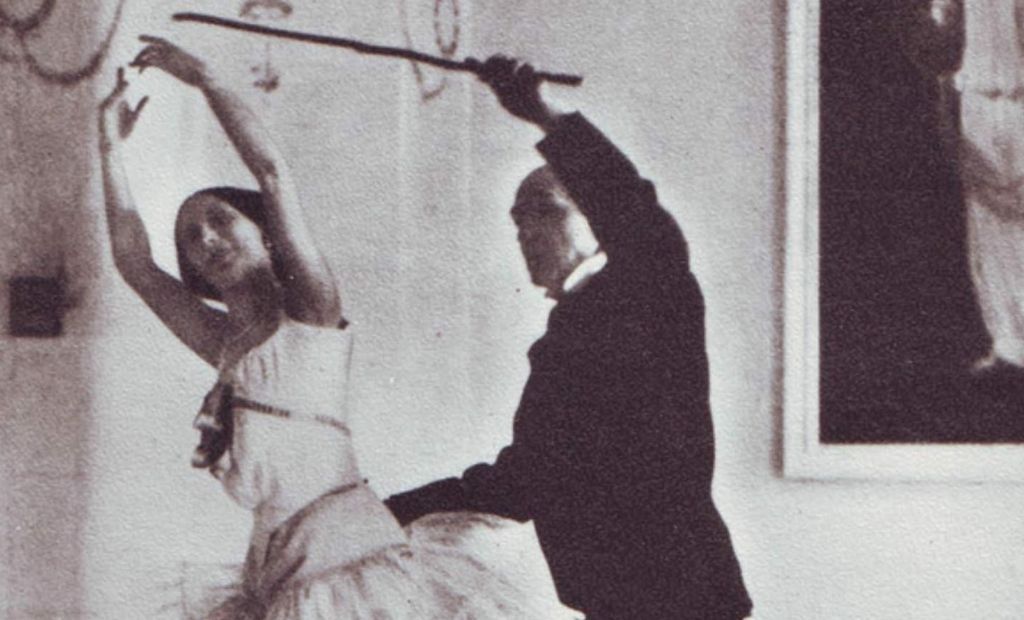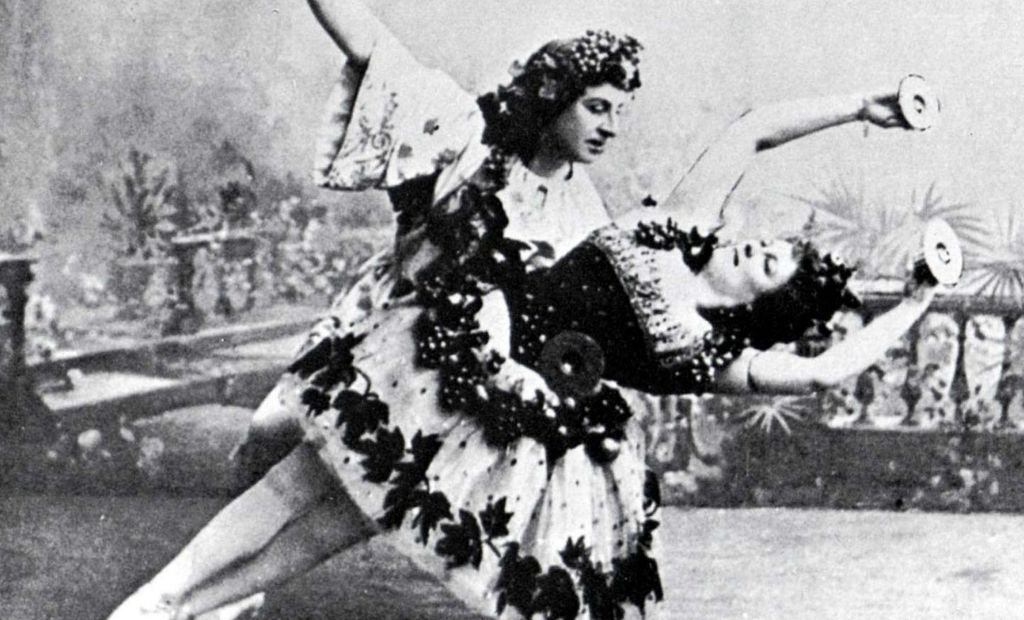
Have you ever wondered how the traditional dance medium of ballet came to be? Brush up on your knowledge as BLOCH details the history of one of our favourite types of dance...
Ballet, as we know and love it across the world today, began back in the year 1500 at court balls during the Italian Renaissance. When Catherine de’Medici of Italy married French King Henry II, the art form spread to the courts of France. The Queen’s influence and love of the arts – combining dance, music and setting into productions – became a common form of entertainment.
Although tutus and pointe shoes wouldn’t be introduced for several hundred years, there were some elements of choreography modified from popular court dance steps. Fast forward a couple of centuries and ballet continued to morph into a true art.
In the late 1800s ballet flourished in Russia, producing major masters and innovators. Dancer and choreographer Marius Petipa collaborated with Lev Ivanov to create such classics as The Nutcracker and Swan Lake, with scores by Pyotr Illyich Tchaikovsky.
During this period Enrico Cecchetti pioneered his revolutionary technique, which focused more on the individuality of the dancer rather than forcing turnout or adding stylistic flourishes. Under Cecchetti’s tutelage, Anna Pavlova (born in 1881) began studying ballet at the tender age of eight at the Imperial Theatre School in Saint Petersburg. She would later go on to arguably become the very first iconic ballerina.

In the early 20th century, Russian-born Serge Diaghilev formed Ballet Russes in Paris. The groundbreaking company promoted artistic partnerships among young choreographers, composers, designers and dancers, including composers Igor Stravinsky and Claude DeBussy, artists Vasily Kandinsky and Pablo Picasso, and renowned costume designer Coco Chanel.
In 1924, a young George Balanchine left the Soviet Union to join Diaghilev’s Ballet Russes. Dighilev, renowned for spotting talent, quickly let the confident Russian create ballets for the company. Versions of productions, including Michel Fokine’s Les Sylphides and Balanchine’s Apollo and The Prodigal Son, are still widely performed today.
